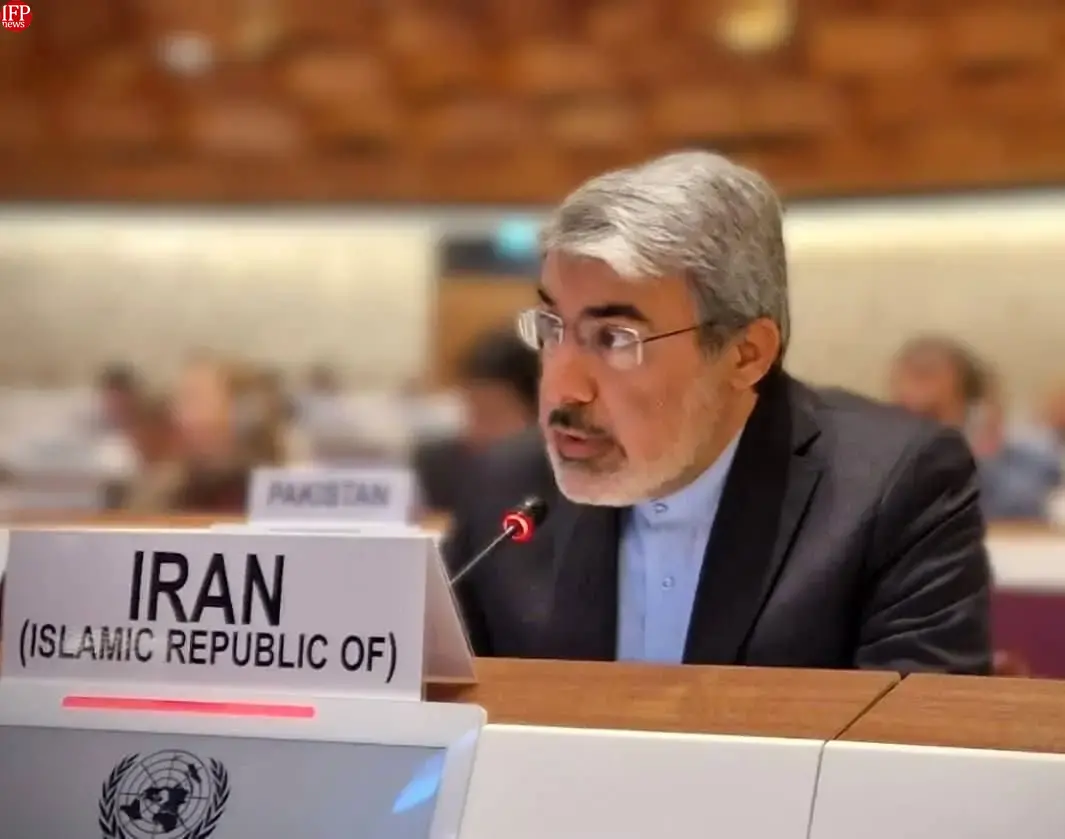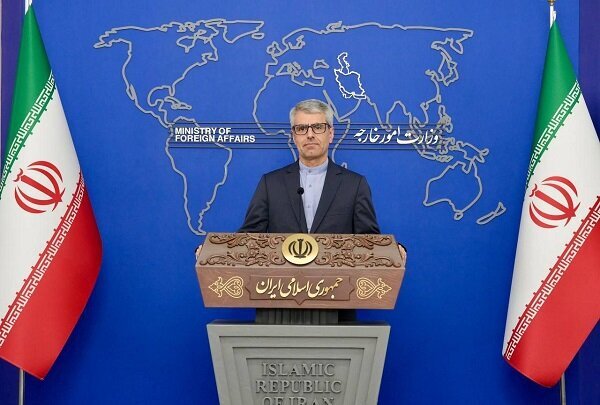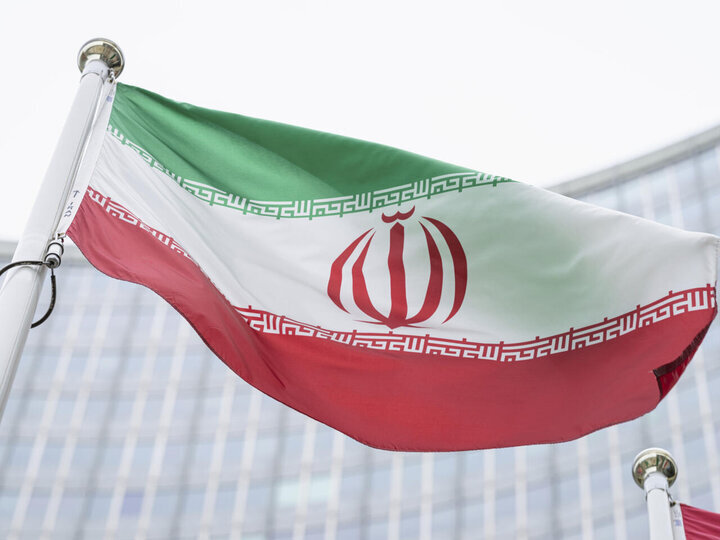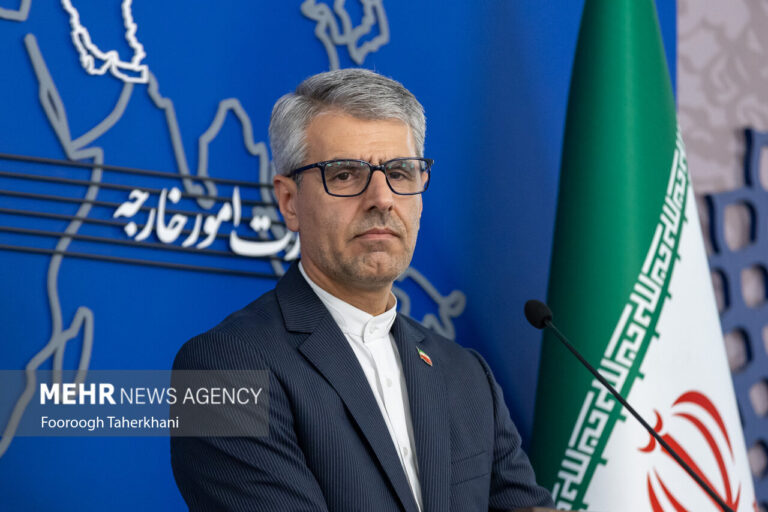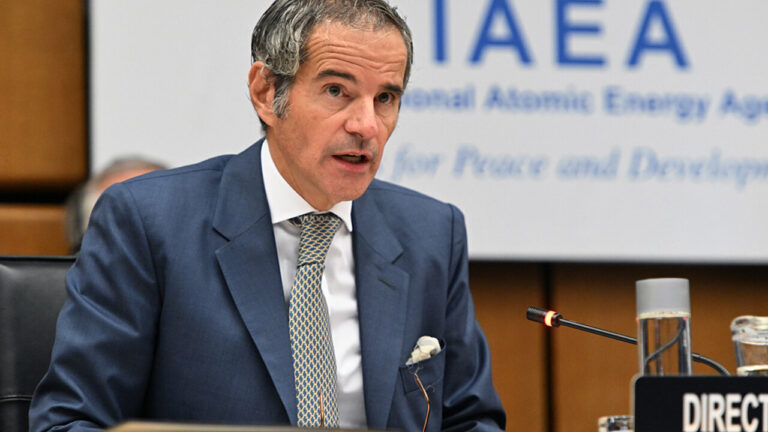Iran Commits to Protecting Genetic Resources and Traditional Knowledge with New Treaty
Iran has officially joined the Treaty on Genetic Resources and Associated Traditional Knowledge, marking a significant milestone as the 42nd signatory of this pivotal international agreement. The signing took place on Friday at the World Intellectual Property Organization (WIPO) headquarters, led by Ali Bahreini, Iran’s Ambassador and Permanent Representative to the United Nations Office in Geneva.
This treaty, adopted on May 24, 2024, is the result of two decades of rigorous negotiations and will come into effect once it is ratified or acceded to by 15 countries. Iran, known for its rich biodiversity and profound heritage in traditional knowledge, has played an instrumental role in both the development and final adoption of this groundbreaking treaty.
Key Features of the Treaty
The Treaty on Genetic Resources and Associated Traditional Knowledge is the first of its kind to tackle the relationship between intellectual property and genetic resources. Its main objectives include:
- Enhancing the efficiency and transparency of patent systems related to genetic resources.
- Improving the quality of patent applications that involve traditional knowledge.
- Ensuring that patent applicants disclose the origins of genetic materials used in their inventions.
One of the most significant aspects of this treaty is its focus on preventing erroneous patent grants. By requiring the disclosure of the origin of genetic materials, the treaty aims to eliminate the issuance of patents for inventions that may lack novelty due to undisclosed traditional inputs.
Addressing Global Concerns
This landmark agreement is a direct response to longstanding issues faced by developing countries and Indigenous communities regarding the unauthorized and exploitative use of their genetic resources. By establishing a legal framework that protects these resources, the treaty aims to empower communities and promote ethical practices in the utilization of genetic materials.
Iran’s Commitment to the Treaty
Iran’s commitment to the treaty is further evidenced by its existing domestic legal provisions that align with the treaty’s objectives. These include disclosure obligations outlined in Iran’s 2024 Industrial Property Law, which underscores the country’s dedication to protecting its biodiversity and traditional knowledge.
As Iran joins this international effort, it not only enhances its own intellectual property framework but also contributes to a global movement aimed at preserving genetic resources and ensuring equitable sharing of benefits derived from traditional knowledge.
Implications for Biodiversity and Traditional Knowledge
The implications of this treaty extend beyond borders, impacting global biodiversity conservation efforts and the rights of communities that have traditionally stewarded these resources. The treaty encourages:
- Collaborative research initiatives that respect the rights of Indigenous peoples.
- Investment in sustainable practices that safeguard biodiversity.
- Recognition of the value of traditional knowledge in scientific research and patenting processes.
By fostering a more equitable landscape for the use of genetic resources, the treaty presents a promising avenue for enhancing biodiversity and improving the livelihoods of communities worldwide.
Conclusion
In conclusion, Iran’s accession to the Treaty on Genetic Resources and Associated Traditional Knowledge marks a pivotal moment in the global framework for intellectual property and biodiversity. This treaty not only promotes fairness in the use of genetic resources but also serves as a model for future agreements aimed at protecting traditional knowledge and empowering communities around the world.
As the world continues to grapple with the challenges posed by genetic resource exploitation, the successful implementation of this treaty will be crucial for ensuring that the rights and interests of developing countries and Indigenous communities are respected and protected.
